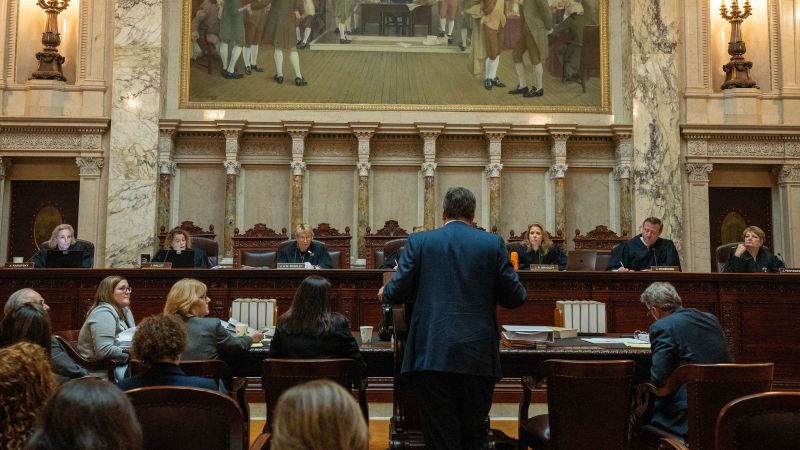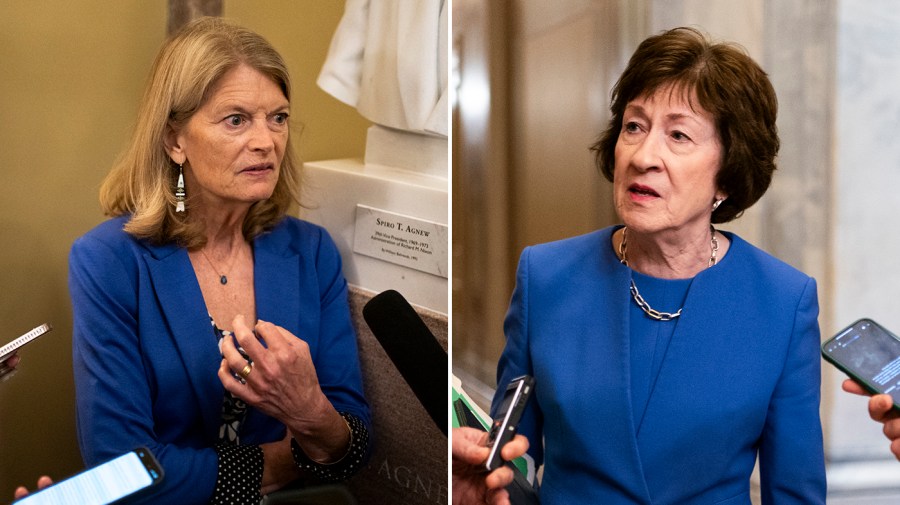In a landmark decision reshaping the landscape of reproductive rights, the Wisconsin Supreme Court’s newly established liberal majority has delivered a pivotal legal ruling, striking down the state’s 176-year-old ban on abortion. This significant judgment effectively restores abortion access throughout Wisconsin, marking a profound shift in state law and immediately impacting healthcare providers and patients across the region.
The contentious ban, dating back to 1849, had imposed a near-total prohibition on abortion services, plunging Wisconsin into a period of legal uncertainty following the overturning of Roe v. Wade. The legal challenge that led to this historic ruling sought to clarify the antiquated statute’s enforceability, arguing its irrelevance and unconstitutionality in modern times. This legal battle underscored the fragmented post-Roe legal landscape, where the interpretation of long-dormant laws has become a critical focus for both pro-choice and anti-abortion advocates.
The composition of the Wisconsin Supreme Court proved instrumental in this outcome. The recent election of Justice Janet Protasiewicz solidified a 4-3 liberal majority, creating a judicial body more inclined to interpret state law through a lens prioritizing individual liberties and contemporary societal standards. This shift in the court’s ideological balance has now yielded a definitive stance on reproductive freedom, affirming the importance of state-level judicial action in protecting such rights.
With this ruling, clinics in Wisconsin are now poised to resume offering comprehensive abortion services, ending a period where access was severely restricted or non-existent. The decision provides immediate relief for individuals seeking reproductive healthcare and signals a return to the status quo that existed prior to the national overturning of abortion protections. This resurgence of access is a crucial development for public health and women’s autonomy in the state.
Beyond Wisconsin’s borders, this legal ruling carries substantial weight and could set a precedent for similar challenges in other states grappling with historical abortion bans. Legal experts are closely observing how this decision might influence future litigation, particularly in jurisdictions where pre-Roe v. Wade laws remain on the books. It emphasizes the critical and evolving role of state supreme courts in defining the scope of reproductive freedom in America’s complex federal system.
The judgment has been lauded as a significant victory by proponents of abortion rights, who view it as a reaffirmation of bodily autonomy and a testament to sustained advocacy. Conversely, anti-abortion groups have expressed strong disappointment, vowing to continue their efforts to restrict access through legislative or future legal avenues. This divergent reaction highlights the enduring political and societal schism surrounding abortion, ensuring that debates over reproductive freedom will persist as a central issue in both state and national discourse.
Discover more from The Time News
Subscribe to get the latest posts sent to your email.



